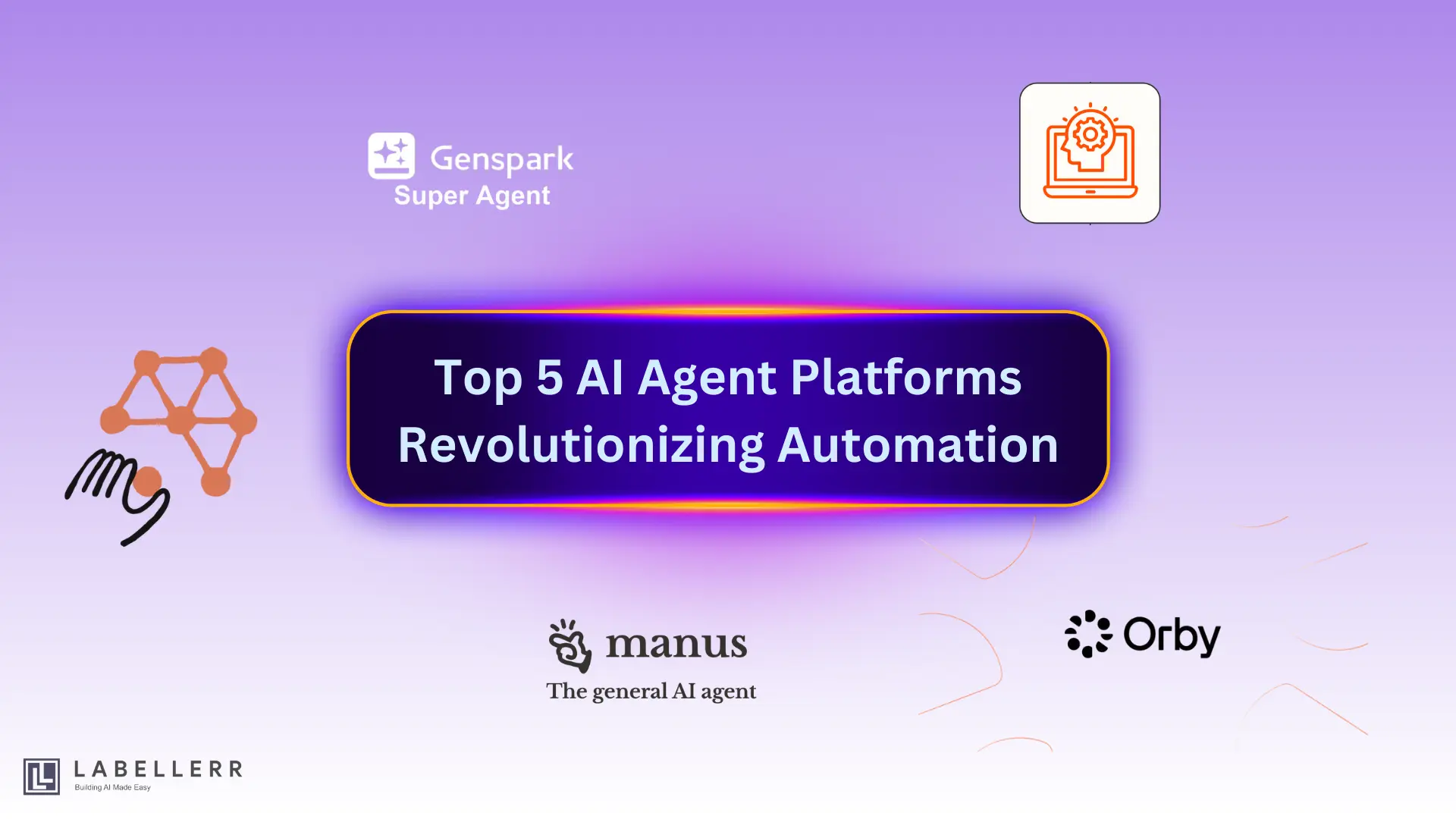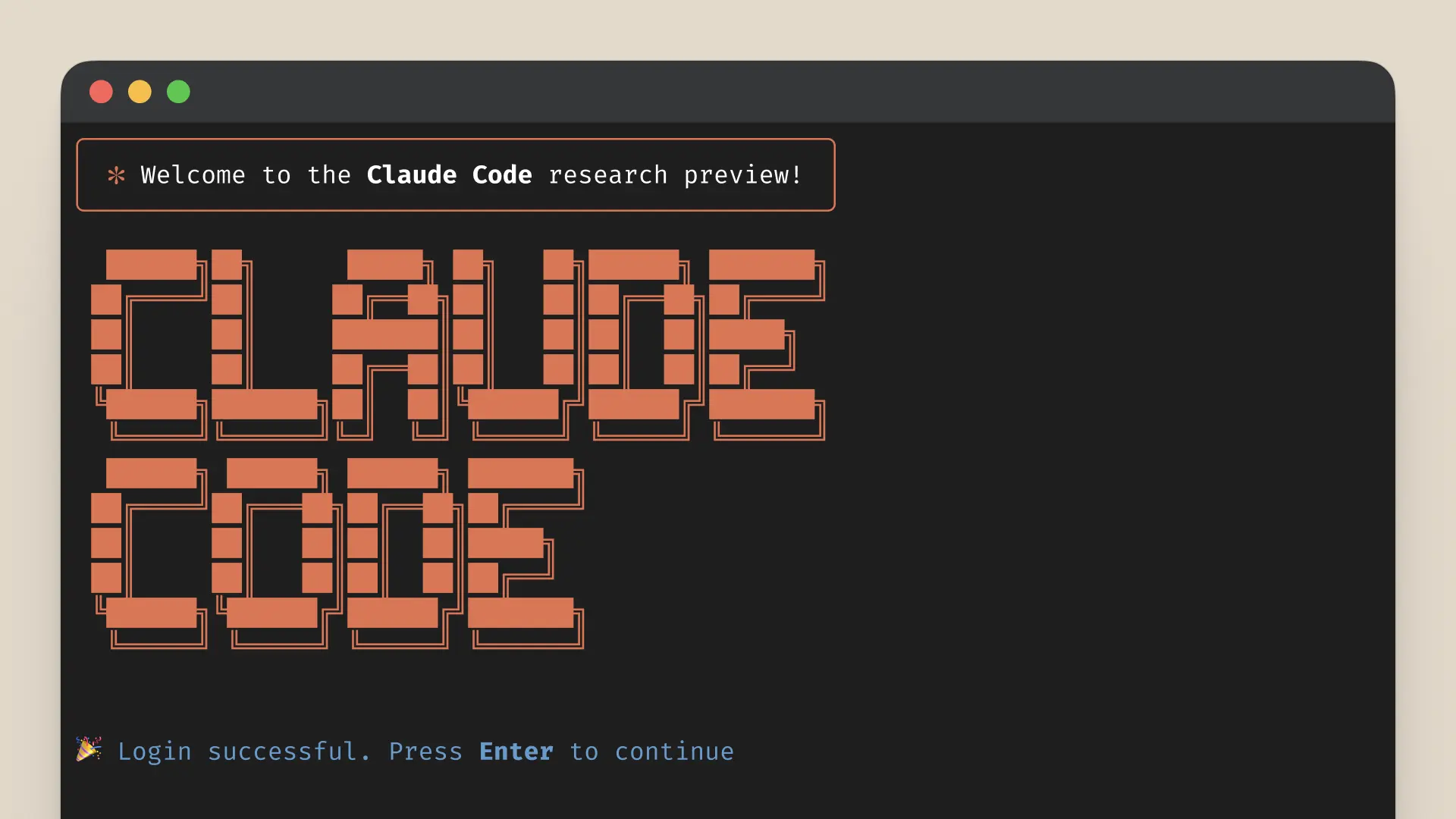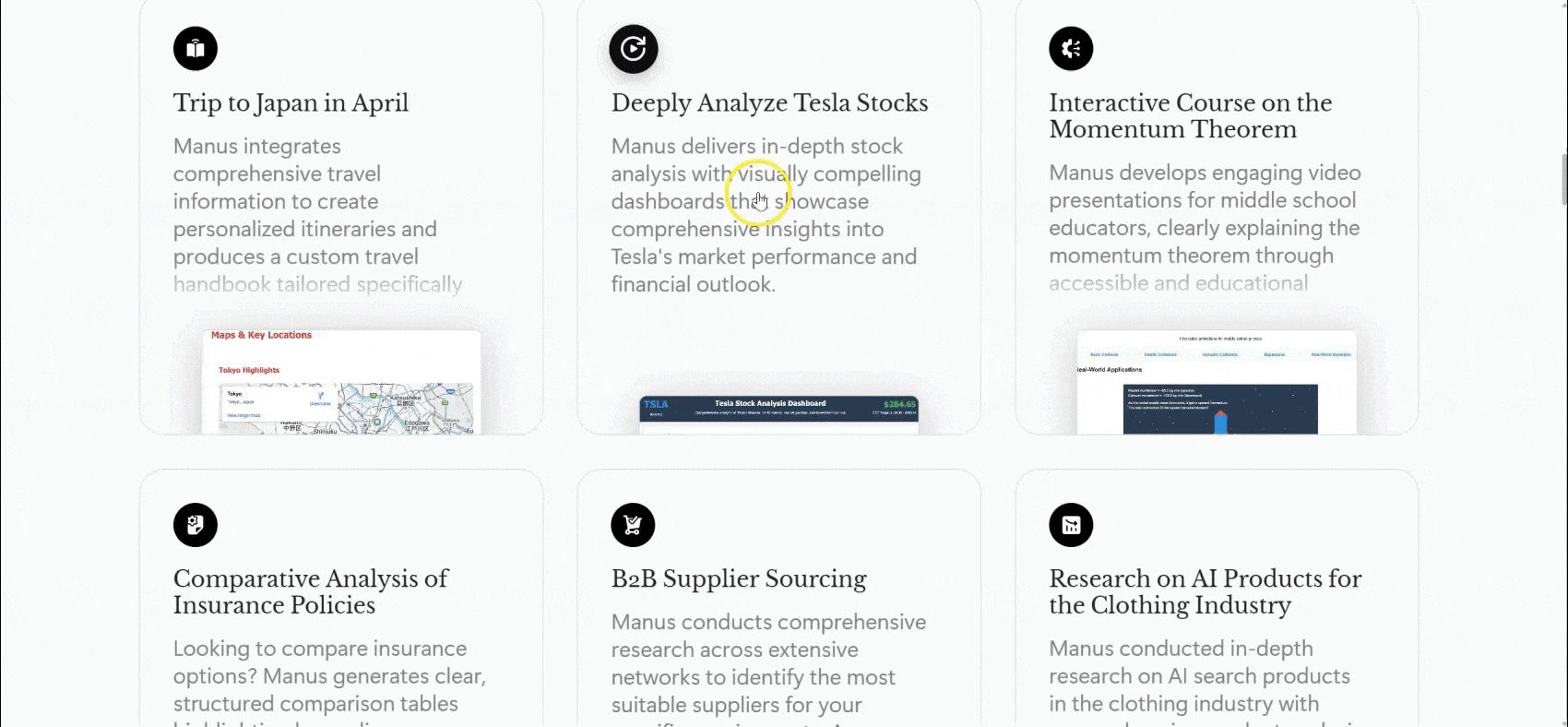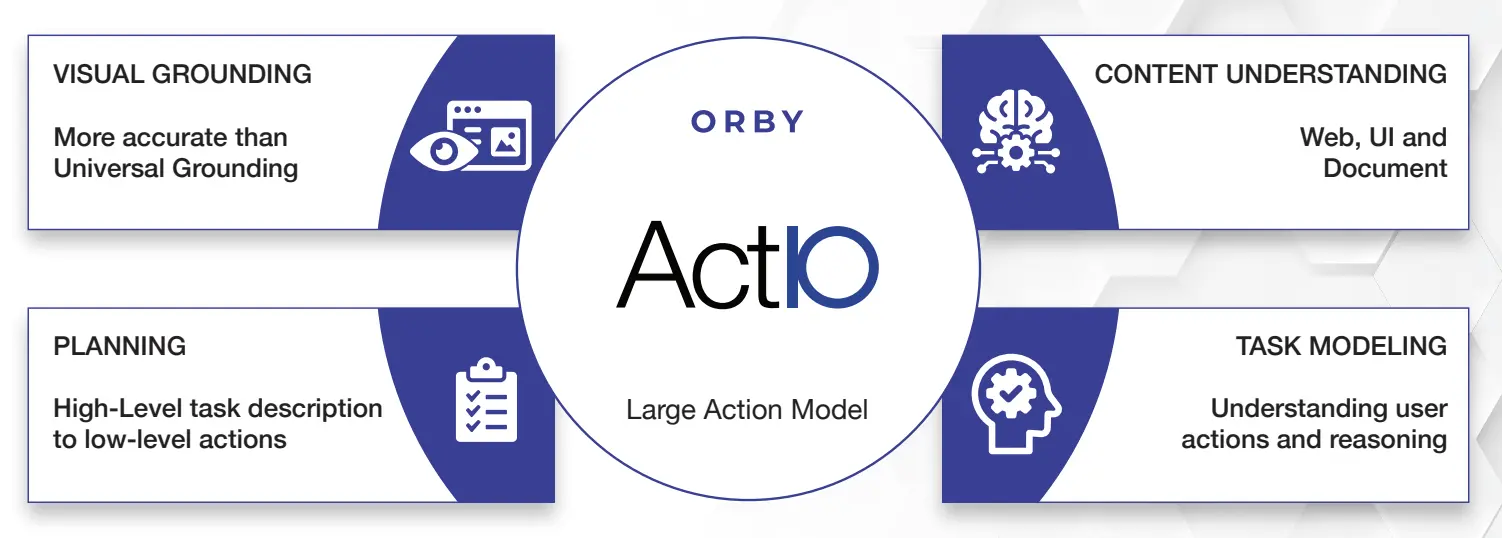Top 5 AI Agent Platforms in 2025
Explore the top AI agent platforms of 2025, Claude, GenSpark, Manus, Orby, and Zapier, that are revolutionizing automation across industries. Discover their unique features and how they're enabling businesses to achieve unprecedented efficiency.

In 2025, AI agents have transformed from simple chatbots to autonomous systems capable of complex reasoning and execution.
These agents can now handle sophisticated workflows with minimal human intervention, using multiple tools, APIs, and data sources to accomplish tasks across domains.
This article examines five leading platforms that provide ready-to-use AI agents that can be activated with simple prompts.
1. Claude AI Agents by Anthropic
Claude AI has established itself as a frontrunner in the agentic AI space, offering powerful, collaborative agents built on Anthropic's advanced models.
Key Features:
- Superior Reasoning Capabilities: Claude 3.7 Sonnet, their latest model, delivers exceptional reasoning and human-quality responses, outperforming competitors in various AI agent scenarios.
- Conversational Collaboration: Features a natural conversational style that enables true collaboration between AI agents and users, making interactions more intuitive and productive.
- Brand Safety Assurance: Ranks highest on honesty, jailbreak resistance, and brand safety, making it suitable for enterprise environments.
- Claude Code: An agentic terminal-based tool that allows developers to delegate coding tasks-from code migrations to bug fixes-directly from their command line.
- External Tool Integration: Comprehensive tool use capabilities (function calling) enable Claude to interact with external APIs and tools, performing data extraction, making API calls, and automating tasks.
- Subagent Orchestration: Can manage multiple subagents simultaneously, optimizing processes like meeting scheduling or resource allocation based on real-time data.
- Developer-Friendly Features: Incorporates streaming technology for real-time communication and allows forced tool use to ensure the AI consistently performs actions aligned with business goals.

Claude Code
Claude's agentic capabilities extend across industries including education, business automation, healthcare, and creative sectors, making it versatile for various professional applications.
2. GenSpark Super Agent

Genspark Agent
GenSpark Super Agent represents a new generation of general-purpose AI agents designed to autonomously handle complex tasks across multiple domains with minimal supervision.
Key Features:
- Autonomous Thinking and Action: Can "think, plan, act, and use tools" similar to a human assistant, breaking down problems and executing step-by-step plans with minimal supervision.
- Mixture-of-Agents Architecture: Utilizes an innovative design integrating nine distinct large language models (LLMs), over 80 in-house tools, and more than ten curated datasets.
- Intelligent Task Routing: Automatically routes each task to the optimal model based on complexity, speed, and accuracy needs, ensuring efficient and precise execution.
- Multi-Model Integration: Dynamically selects from nine LLMs, significantly outperforming competitors like Manus AI (two models) and OpenAI Operator.
- Direct API Integration: Unlike agents restricted to web-based tasks, GenSpark directly calls APIs for structured and rapid data retrieval, reducing execution time and errors.
- Generous Free Plan: Offers 200 daily credits, making it highly accessible compared to competitors (e.g., Manus AI's $9 monthly plan).
- Multimedia Creation: Generates dynamic content such as videos, websites, and professional presentations swiftly.
- Real-time Voice Automation: Performs actual phone calls using AI-generated voices, enabling real-world interactions like restaurant reservations.
GenSpark has positioned itself as an all-in-one solution that can handle almost any task a human assistant could, from research and data analysis to creative content generation and real-world interactions.
3. Manus AI

Manus AI Agent
Emerging from China, Manus AI has quickly established itself as a powerful autonomous agent platform capable of completing complex tasks with minimal human intervention.
Key Features:
- Full Autonomy: Designed to work completely independently-once given a prompt, it plans, executes, and delivers comprehensive results without requiring additional prompts.
- Persistent Cloud Processing: Continues processing tasks in the cloud even when users disconnect their devices, notifying them upon completion.
- Real-Time Interaction: Interacts with its environment in real-time, browsing websites, utilizing various platforms (including social media), and displaying its workflow live.
- Multi-Platform Integration: In demos, Manus shows using up to 50 different screens and utilizing platforms like X, Telegram, and others to gather information.
- Comprehensive Documentation: Can take screenshots, record browsing activity, and generate files automatically to document its process.
- Diverse Output Generation: Creates more than just text-it produces files based on user requests, such as PDFs, spreadsheets, and presentations.
- Personalization Capabilities: Learns from user interactions over time, helping it to tailor outputs to individual preferences.
- Cross-Domain Expertise: Handles diverse tasks from creating detailed travel itineraries to producing interactive courses or in-depth stock analyses.
Manus AI excels in demonstrating the full workflow of its autonomous processes, giving users insight into how it navigates the web and integrates information from multiple sources to complete complex tasks.
4. Orby

Orby ActIO
Orby AI has emerged as a leader in AI agent technology, particularly for navigating web interfaces and automating web-based tasks with unprecedented reliability.
Key Features:
- Self-Adaptive Interface Learning (SAIL): Groundbreaking technology that enables AI agents to automatically learn and adapt to new websites without human intervention or manual documentation.
- Generic Agent Framework: A comprehensive framework for building AI agents that can navigate complex web environments.
- Industry-Leading Performance: Achieved a 74.9% success rate on the MiniWoB benchmark of 125 web tasks, outperforming ServiceNow's 69.8% under the same evaluation protocol.
- Web Environment Navigation: Secured a 37.5% success rate on the more challenging WebArena benchmark of 812 diverse tasks for real-world web environments, surpassing both ServiceNow and closed-source competitors.
- Strategic Planning: Combines strategic planning with precise execution to navigate complex websites and applications with unprecedented reliability.
- Autonomous Adaptation: Unlike traditional approaches requiring extensive human-curated instructions, Orby's agents understand website interfaces at scale automatically.
- Large Action Model: Features ActIO, a Large Action Model that can understand and interact with websites efficiently.
Orby's technology represents a significant advancement in how AI agents interact with web interfaces, making it particularly valuable for automating tasks across various websites and web applications.
5. Zapier AI

Zapier AI Agent
Zapier AI has transformed from an automation platform to a comprehensive AI orchestration platform that enables users to build custom AI agents that work across thousands of apps with minimal setup.
Key Features:
- Extensive App Integration: Connects with 7,000+ third-party apps offering 30,000+ actions, enabling AI agents to work across virtually any digital tool.
- Natural Language Control: Uses natural language commands as triggers, with AI helping to execute appropriate actions without technical expertise.
- Pre-Built AI Agents: Offers ready-to-use agents for specific functions like lead enrichment, personalized outreach, sales call preparation, and support email handling.
- Custom Agent Creation: Allows users to build custom AI agents using plain English instructions that can access live business data.
- Data-Grounded Responses: Agents use live business data to deliver accurate, up-to-date responses every time.
- Multi-Step Workflows: Enables creation of complex automation sequences involving multiple actions across different apps.
- Conditional Logic: Includes built-in conditional logic to set specific conditions before actions are executed, allowing for sophisticated workflows.
- Intelligent Suggestions: Analyzes user behavior to recommend new workflows or automations, helping users discover optimization opportunities.
- Self-Improving Capabilities: Continuously learns from user interactions to refine suggestions and improve error handling over time.
- Seamless Authentication: Handles third-party app authentication and API integrations out of the box, removing technical barriers.
Zapier AI has effectively democratized access to powerful AI agents by combining its established automation infrastructure with natural language processing and intelligent workflow capabilities.
Conclusion
The agentic AI landscape in 2025 offers unprecedented capabilities for automating complex tasks with minimal human intervention.
Whether you need agents that can code autonomously (Claude), handle multi-step tasks across domains (GenSpark), work persistently in the background (Manus), navigate web interfaces intelligently (Orby), or orchestrate actions across thousands of apps (Zapier), these platforms provide ready-to-use solutions activated by simple prompts.
As these technologies continue to evolve, we can expect even greater autonomy, reasoning capabilities, and integration options, further blurring the line between human and AI-driven task execution in professional environments.
FAQs
What is an AI agent?
An AI agent is an autonomous system capable of perceiving its environment, processing information, and executing tasks to achieve specific goals without continuous human intervention.
How does Claude 3.7 Sonnet differ from other AI models?
Claude 3.7 Sonnet, developed by Anthropic, is a hybrid reasoning model that offers both rapid responses and detailed, step-by-step problem-solving capabilities. It excels in tasks requiring extended reasoning and is designed for transparency and safety.
What makes GenSpark's Super Agent unique?
GenSpark's Super Agent utilizes a Mixture-of-Agents architecture, combining nine distinct large language models and over 80 tools. This design allows it to autonomously handle complex tasks across various domains with minimal supervision.
Can Manus AI operate without human prompts?
Yes, Manus AI is designed for full autonomy. Once given a prompt, it plans, executes, and delivers comprehensive results without requiring additional inputs, making it suitable for tasks like report writing, data analysis, and content generation.
How does Orby AI adapt to new web interfaces?
Orby AI employs Self-Adaptive Interface Learning (SAIL) technology, enabling its agents to automatically learn and adapt to new websites without human intervention, ensuring reliable automation across dynamic web environments.
What capabilities does Zapier AI offer?
Zapier AI integrates with over 7,000 third-party apps, allowing users to create and deploy AI agents that automate tasks across various platforms. It supports natural language commands, multi-step workflows, and conditional logic for sophisticated automation.
References

Simplify Your Data Annotation Workflow With Proven Strategies
.png)


